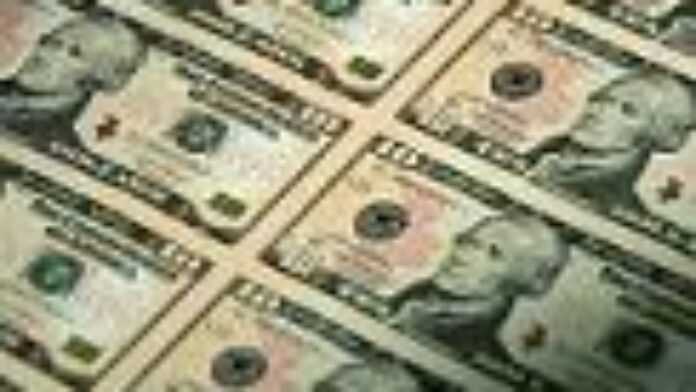
Zimbabwe’s hyperinflation, said by some analysts to have been the worst ever experienced, came to a shuddering halt in January when consumer prices tumbled 2.3 per cent.
It is the first time, certainly since the mid-1960s, that month-on-month inflation has actually been negative.
Zimbabwe’s Central Statistical Office, which stopped publishing official inflation data last July when prices were rising at an annual rate of 231m per cent, published on Tuesday its first set of inflation numbers calculated in US dollars. The figures showed that prices fell 2.3 per cent in January and a further 3.1 per cent last month.
Because US dollar prices have only been compiled for the last three months there are no year-on-year comparisons. The decline in prices had been widely forecast by local economists, who are also predicting a further fall in the consumer price index in March.
Zimbabwe’s price deflation follows the involuntary dollarisation of the economy in the final months of 2008. This has resulted in the death of the local currency, the Zimbabwe dollar, which is now rarely, if ever, used for transactions other than for paying the salaries and pensions of public sector employees.
The combination of the Zimbabwe currency’s demise and the licensing of retailers and industrialists to sell products in foreign currency ended nearly two years of hyperinflation.
Zimbabwe moved into hyperinflation – usually defined as inflation of more than 50 per cent a month – in March 2007 and, apart from three months when the government imposed a draconian price-freeze, remained in that state until the end of last year.
Although no official inflation figures were released in the latter half of 2008, a US economist, Steve Hanke of the Cato Institute in Washington, produced regular figures of his own using what he called market data. Although these have been much derided by local economists, they have been widely reported and seemingly taken seriously in the international media.
Although dollarisation and the deregulation of retail trade have stopped inflation in its tracks, it has still left the country with a very uncompetitive economy.
The Consumer Council in Harare estimates that a family of six needs US$374 a month to live in Zimbabwe, but says that the same basket of goods would cost only US$80 in South Africa.
There has been an outcry against the massive utility tariff increases imposed by the state-owned electricity and telephone monopolies, while millions of Zimbabweans have seen their savings, bank deposits and pension funds wiped out.
While dollarisation has put an end to inflation for the time being, it has left a plethora of problems for the new administration to tackle.
Prime Minister Morgan Tsvangirai’s new inclusive government is struggling to come to terms with strident wage demands from teachers threatening to take strike action from May 1 and his own power base, the Zimbabwe Congress of Trade Unions, of which he was once secretary-general. It is demanding a national minimum wage of US$454 a month.
Civil servants are being paid a flat rate “top up” of US$100 a month, regardless of seniority. These payments are made by way of vouchers issued by the central bank, but there have been reports of banks being unable to cash the vouchers because they do not have the necessary foreign currency.

